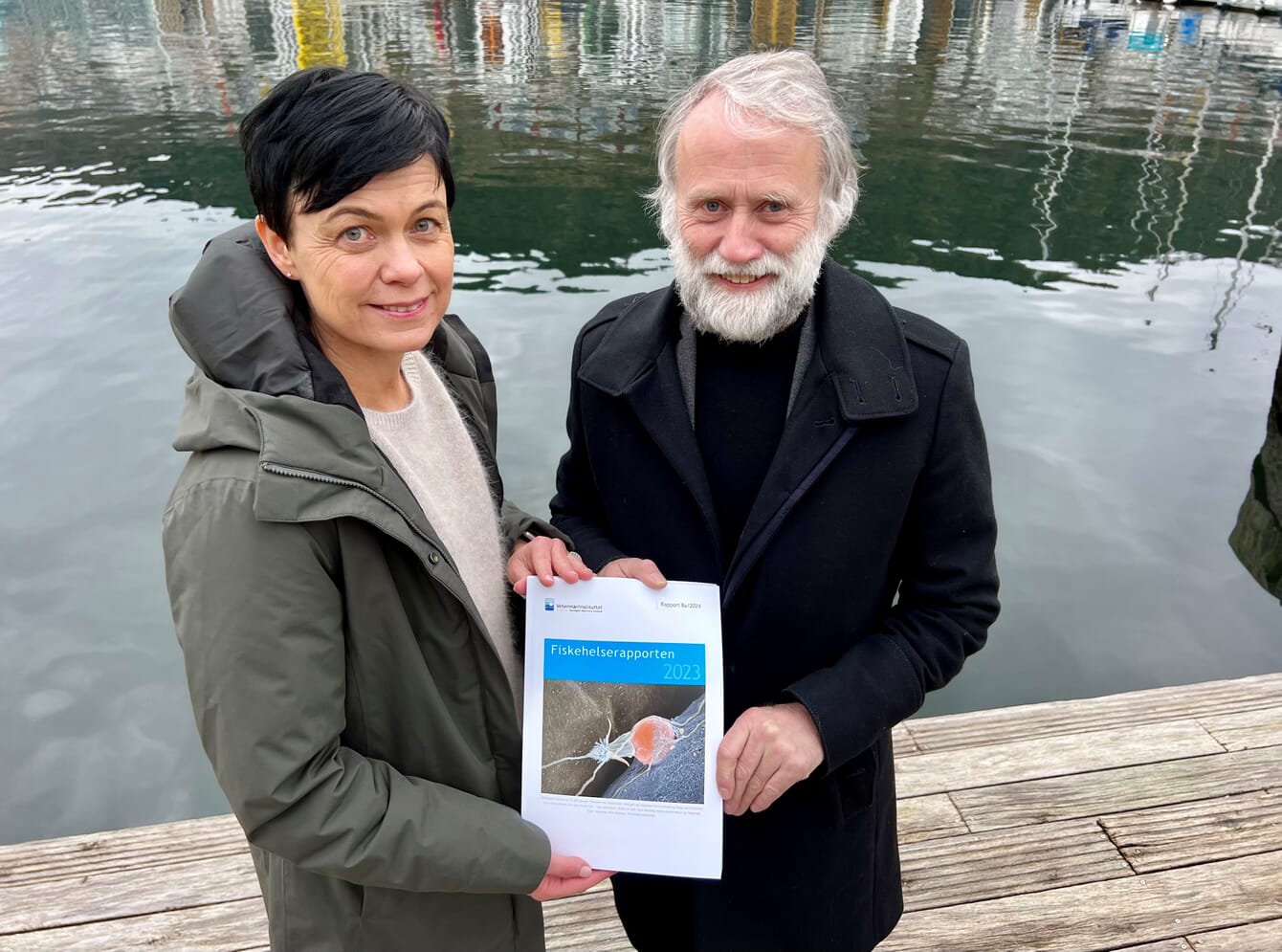
© Asle Haukass
This year's Fish Health Report, published by the Norwegian Veterinary Institute, provides in-depth insights into the causes of farmed salmon mortality thanks to industry collaboration in creating a strong data basis for the study.
According to the report, 62.8 million salmon and 2.5 million rainbow trout died in the sea phase of production in 2023. For salmon, these sea phase mortality figures are record breaking. Additionally, the report states that salmon fry deaths from the hatchery phase was reported at 37.7 million, an increase of 2 million from the previous year.
Across the 355 localities that participated in the study, the main reported cause of mortality was infectious disease, which constituted 38 percent of recorded deaths, closely followed by injuries and trauma at 33 percent, and "unknown cause" at 20 percent.
“This year's report has a strengthened data basis. We see that the six mortality categories in which the industry itself has registered mortality coincide and strengthen our own surveys,” said Ingunn Sommerset, editor of the Fish Health Report, in a press release from the institute.
“We now have a good factual base from which industry and administration can work to solve the challenges,” she added.
Winter sores, cardiomyopathy syndrome, gill disease, heart and skeletal muscle inflammation, and pasteurellosis all stood out as the most common subcategories of infectious disease related mortality, whilst physical injury from lice treatments and stressful handling were also noted to make fish more susceptible to infectious diseases.
The report also highlights the prevalence of infectious salmon anaemia outbreaks, which were confirmed at 18 locations in 2023. Alternatively, the report notes the positive development of salmon pancreatic disease, which had 58 reported cases this year - an almost 60 percent reduction from 2022.
“Infectious diseases are an extensive problem both for the fish's welfare and survival in the sea. There is a lot of knowledge about how the risk of infection can be reduced and there is great potential for improvement,” said Edgar Brun, department director at the Veterinary Institute.
Regarding parasite-related challenges to the Norwegian salmon industry, salmon lice continue to pose the biggest problem for salmon farmers, acting as major drivers of disease and infection during the marine phase. However, reported lice levels in 2023 have somewhat decreased from those for 2022, and most of the lice removals conducted this year were drug-free.
The report notes that vaccination can be an important measure to reduce infection in farmed salmon. Considering this, the 2023 report contains a new section which includes statistics on vaccines with marketing authorisation for farmed fish in Norway. The statistics, as well as information from the survey, show that vaccination is increasingly used against infectious salmon anaemia and pancreatic disease, but also against non-notifiable diseases such as yersiniosis, winter sores and pasteurellosis.
The report was launched in Bergen today, 13 March 2024, with a presentation to the managing director of the Norwegian Food Safety Authority, Ingunn Midttun Godal.




